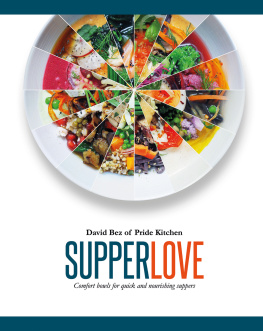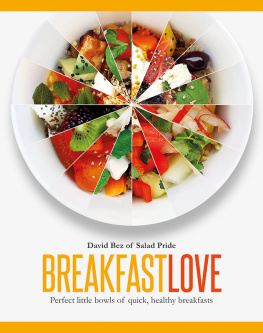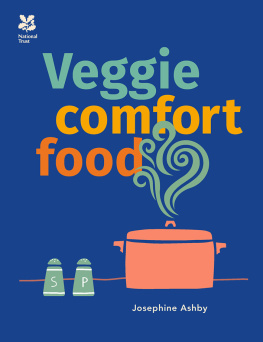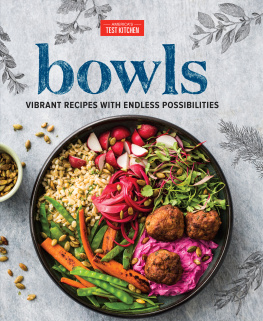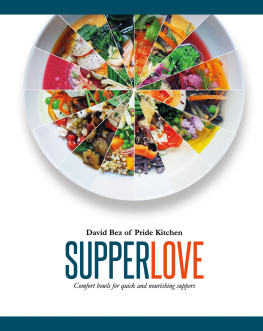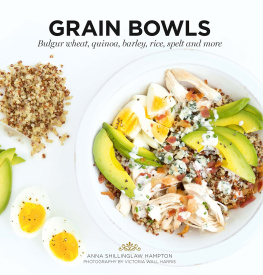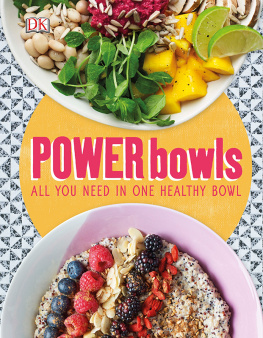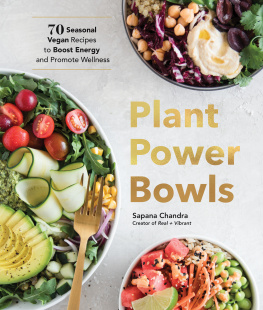For my family Publishing Director: Sarah Lavelle Creative Director: Helen Lewis Commissioning Editor: Cline Hughes Designer and Photographer: David Bez Production: Tom Moore, Vincent Smith First published in 2017 by Quadrille Publishing Pentagon House 5254 Southwark Street London SE1 1UN www.quadrille.co.uk Quadrille is an imprint of Hardie Grant www.hardiegrant.com.au Text 2017 David Bez Photography 2017 David Bez,
except 2017 Issy Croker Design and layout 2017 Quadrille Publishing The rights of the author have been asserted. All rights reserved. No part of this book shall be reproduced, stored in a retrieval system, or transmitted by any means electronic, mechanical, photocopying, recording, or otherwise without written permission from the publisher. Cataloguing in Publication Data: a catalogue record for this book is available from the British Library. UK eISBN: 978 178713 168 2 US ISBN: 978 178713 049 4 CONTENTS MY CAF, MY FOOD
and the winter months COMFORT BOWLS
of nourishing grains and soups
MY CAF, MY FOOD
and the winter months In 2010 I started getting interested in how to feed myself something healthier and tastier than what I could find either locally or in my office canteen. That need to control the ingredients on my plate and learn how to eat more unrefined foods, and more veggies in particular, led me on an incredible journey.
My desire to make veggies more appealing and interesting made me become a very different person and a different professional in a very short time. Ive experimented extensively with lunch and then breakfast by creating hundreds of possible combinations. I tried again and again new ways to play with plants and I fell in love with them many times. In the book Salad Love, I fell in love with veggies mostly; in Breakfast Love, I rediscovered fruits. My renewed love for plants was something I wanted to share with my pictures, through social media, in my books and I had a dream: to open a space where people could come and experience what it means to have a tasty, nourishing, filling and yet light lunch. So I happened to bump into a little spot in Covent Garden, London and the magic of Neals Yard captured my imagination; my dream felt ready to become real.
But before that, I had to find the money to make it come true. I looked to the web for crowd-funding, but mostly I looked at my origins, the beginning of my whole adventure. I needed 10,000 in order to fund my dream and that money came primarily from my family, friends and my incredibly loyal colleagues at the Discovery Channel. They are still the greatest supporters I have, as they saw the transformation of my life through the discovery of healthy food and witnessed my commitment to bringing that to the mainstream.
Now, looking at my customers smile while they enjoy their meals is so much more rewarding than just receiving a like on Instagram or Facebook. The real human interaction, the constant feedback, and the challenge of feeding my customers taste buds, bellies and eyes (and not just their eyes any more), made me grow so much and learn so deeply about food, people and happiness.
The caf opened in spring, so a long summer of salads and breakfasts kept all my customers happy and satisfied. But as soon as September, with its first chill, hit the city, I felt something had to change. Comfort food was going to be my next challenge; enough of cold salads. At the same time, my love for plants grew even more and I decided to make plants the only choice. The caf became vegan and I changed its name from SaladPride, my beginning, to Pride Kitchen.
COMFORT BOWLS
of nourishing grains and soups I really like simple food thats full of flavour and as natural as can be.
Thats why I try to process the ingredients as little as possible. I investigated many culinary traditions to find their comfort food classics, looking for inspiration for dishes that are balanced and nutritious, something that can fill you without killing energy, something that can keep you sharp and energized but stilll give you that comforting, feel-good experience. Back at the Discovery Channel, I remember my friend Elle wondering if I could serve what she called wet hot salads, which I thought was a funny and quite bizarre idea at the time. But when I started this project, Elles idea came back to me again and again. Initially I called them salad-soups, but the name didnt sound appealing. Then I explored the Asian tradition of ramen, pho and curries and their combinations of raw and cooked veggies, meats, eggs and carbs.
This gave me the insight to rethink those soupy salads. Why not use veggies as noodles? Why not add more raw and fresh veggies instead of over-boiling them, like in a classic minestrone? Ive always been a big fan of raw eating and Ive always understood the nutritional value of fresh, raw veggies and the use of fermented foods. But the main question was, could you use these ingredients to make comfort food? Is it possible to have comfort food with fewer carbs, less dairy, fish or meat and more veggies, seeds, beans and herbs? I believe so. I have divided the book into two chapters. The first covers all the weird and wonderful soups I came up with, and the second is filled with more substantial hot or warm bowls. Theres nothing completely new or completely strange in this book, but it is packed with my incredibly extended research about what it means to have a nourishing and fulfilling supper and it will challenge your idea of what a soup or meal is.
When composing my soups, I divide it into different layers: a base, vegetables, proteins, toppings and some kind of broth or cream. These are the main ingredients, but as you will see, I often mess around with the formula. Its really up to you what you choose to put in it and to enjoy what you are eating. I like my bowl to be 20% base, 50% veggies, 25% protein, 5% toppings and herbs, plus the broth or the soup.
When I started working on this book about dinner, I was keen to create something that could happily feed my customers in my caf in the winter. I started questioning and researching what a soup is and what a broth is.
Everything starts from a broth. Of course, you can easily buy vegetable, fish, beef and chicken stock in supermarkets, but I prefer to make my own. I have a no-waste policy in my caf and at home, too, so my vegetable broth is always created by boiling the off-cuts of my veggies, or the unused veggies of the day, with just a little bit of salt and dried herbs, like bay leaves, thyme, sage or rosemary. I often add extras, such as dried seaweed and/or miso paste to add flavour and saltiness. In fact, my favourite broth right now is the easiest ever water, salt, dulse seaweed, miso paste, dried shiitake mushrooms. (See .) Thats it. (See .) Thats it.

